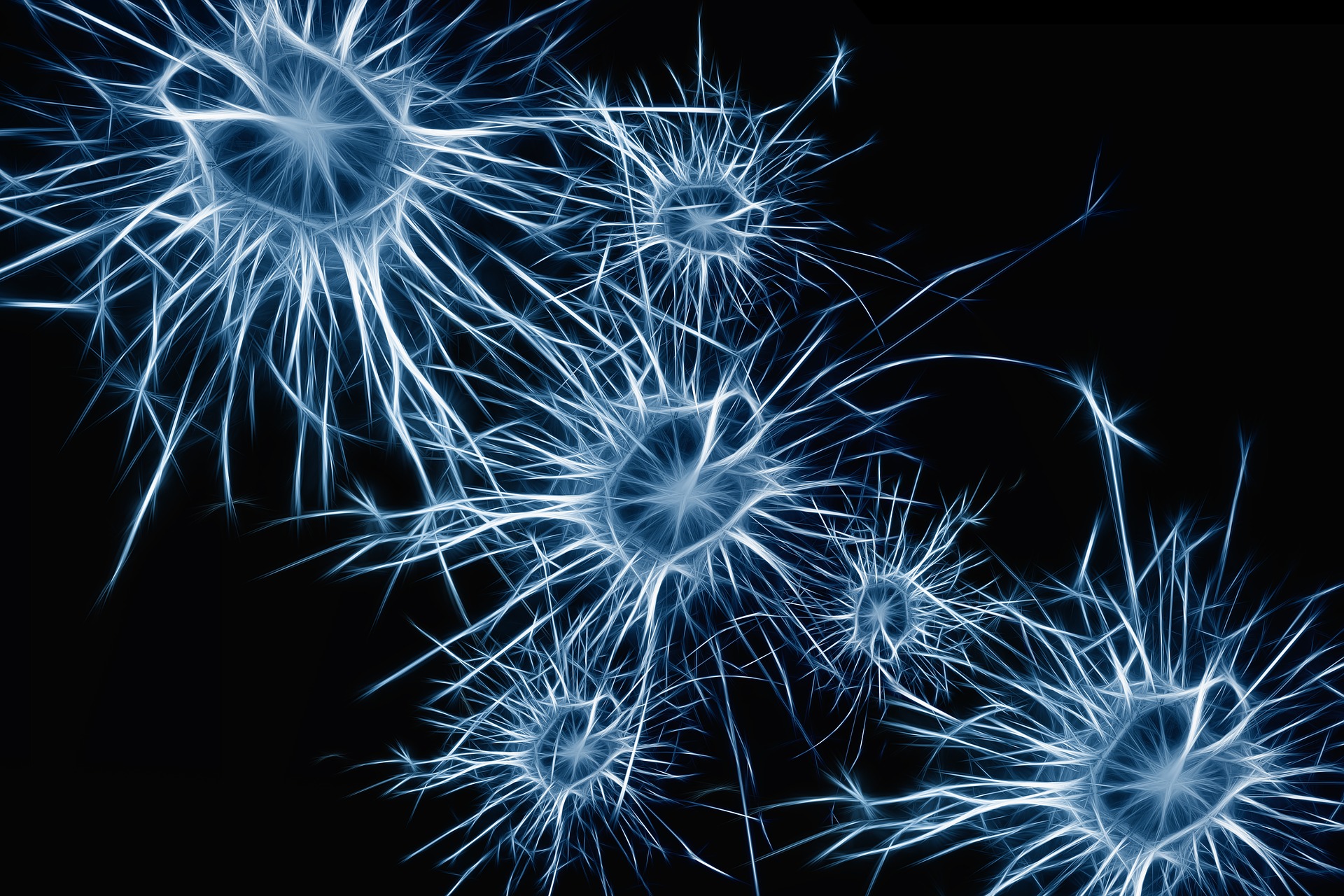Prions are misfolded proteins that cause other proteins to refold into diseased states. In its native state, the prion protein is found in healthy cells, especially of the brain. If a misfolded prion comes into contact with a native state prion, it will cause the native state prion to refold into the misfolded state, forming long chains of aggregated misfolded protein called amyloids. These amyloids get so large as to become insoluble, destroying the cells in which they form. This leads to widespread tissue damage in the brain, riddling it with tiny holes. These prion diseases that result in spongy brain tissue are known as transmissible spongiform encephalopathies or TSEs. Some of the more common TSEs are Creutzfeldt-Jakob disease in humans, Mad Cow disease, and Scrapie in sheep.
Although a single misfolded prion has never been isolated, the amyloids act as infectious agents when introduced into healthy tissue with prion proteins. Contamination from surgical instruments or direct contact with infected tissues can spread the disease. All currently known mammalian prion diseases are caused by the prion protein, but there are other prion-like proteins that have been implicated in other diseases. The tau protein acts in a prion-like fashion to form amyloids in Alzheimer’s disease. Recent research from the Washington University School of Medicine in St. Louis suggests that different prion-like states of the tau protein cause 25 neurodegenerative diseases known as tauopathies.
Novel therapies for an enigmatic disease
Researchers at the University of Arizona discovered that baker’s yeast is able to cure itself of the destructive prion aggregates. It was previously thought that once a prion changed conformation and recruited other proteins, the changes were irreversible. When yeast cells were heated to 104 F, aggregated prions changed back to their native state. The cure occurred during reproduction of heat-stressed cells. Mother cells in the process of budding became enriched in heat-shock proteins called chaperones. The researchers found that a specific chaperone, Hsp-104, correlated with both the amount of heat applied to the cell and the degree of curing observed. Simply expressing high levels of Hsp-104 did not clear amyloids, suggesting that something else during the heat-stress response was helping to clear the prion aggregates.
A vaccine against Chronic Wasting disease, a prion-like disease in deer and cattle, was developed and successfully implemented by scientists at New York University. The vaccine was composed of prion-like proteins encapsulated in a weakened Salmonella bacterium. These advances may lead to therapies for prion diseases, especially if artificially inducing stress responses can cause cells to clear amyloids and the vaccine can be developed for use in humans.
For more about prions and some of their beneficial effects, see Part 2 of this post: Prions are not all bad news.










